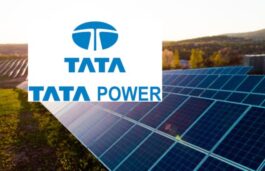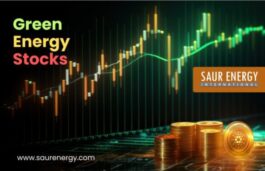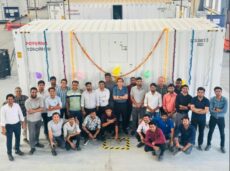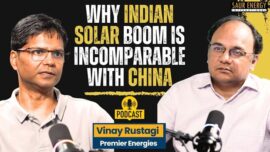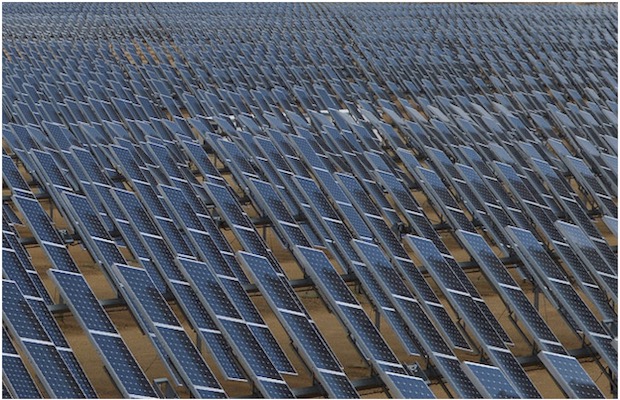
The U.S. Department of Energy (DOE) announced up to $130 million for new research to advance early-stage solar technologies. These projects will help to achieve affordable and reliable energy to enhance America’s economic growth and energy security.

“Solar is an integral part of the Administration’s ‘all-of-the-above’ energy strategy,” said U.S. Secretary of Energy Rick Perry. “This cutting-edge, early-stage research & development will work in concert with other innovative technologies to provide affordable, efficient, and reliable energy to the American people.”
This funding program targets five research areas: photovoltaics (PV), concentrating solar-thermal power (CSP), soft costs reduction, innovations in manufacturing, and solar systems integration. These projects will make solar energy more affordable, reliable, and secure while working to boost domestic solar manufacturing, reduce red tape, and make PV more resilient to cyber attack.
Topic 1. PV Research and Development ($26 million)
This topic area aims to reduce the cost of solar photovoltaics by half, helping to provide more affordable electricity for U.S. consumers and businesses. Achieving the DOE’s cost targets would mean that the cost per kilowatt-hour (kWh) for unsubsidised electricity from utility-scale, commercial, and residential PV systems would be $0.03, $0.04, and $0.05, respectively, by 2030. To achieve these deep cost reductions, the PV research will focus on increasing performance, reducing material and manufacturing costs, and improving the reliability of PV cells, modules, and systems.
Topic 2. CSP Research and Development ($33 million)
This topic area focuses on technologies that enable CSP to provide power at any time or season, and that work to achieve the 2030 DOE cost target of $0.05 per kilowatt-hour (kWh) for CSP-generated electricity with at least 12 hours of thermal energy storage. This research includes new materials and technologies that significantly reduce the cost of manufacturing, enable new energy storage technologies, and develop solutions that enable a solar field to operate autonomously without any human input.
Topic 3. The balance of Systems Soft Costs Reduction ($17 million)
This topic area works to reduce the costs associated with the non-hardware components of a solar system. This includes direct costs such as sitting and permitting, as well as financing and compliance with local codes, rules and regulations. This topic helps reduce the red tape associated with installing solar and solar-plus-storage systems since regulatory and financing burdens lead to higher costs for both developers and consumers. The research will focus on enabling the country’s new and developing solar markets to tackle financing and permitting issues.
Topic 4. Innovations in Manufacturing: Hardware Incubator ($10 million)
This topic supports innovative companies with early-stage product ideas that can lower solar costs and rapidly achieve commercialization, with an emphasis on projects that contribute to a strong U.S. solar manufacturing sector. These for-profit entities should be able to attract investors and become self-supporting at the end of their award.
Topic 5. Advanced Solar Systems Integration Technologies ($44 million)
This topic area supports improving the ability of grid operators to integrate increasing amounts of solar generation onto the grid in a cost-effective, secure, resilient, and reliable manner. This topic also supports the development of technology solutions that enhance the visibility and control of PV inverters and sensors, while improving the security of those devices from cyber attack.


